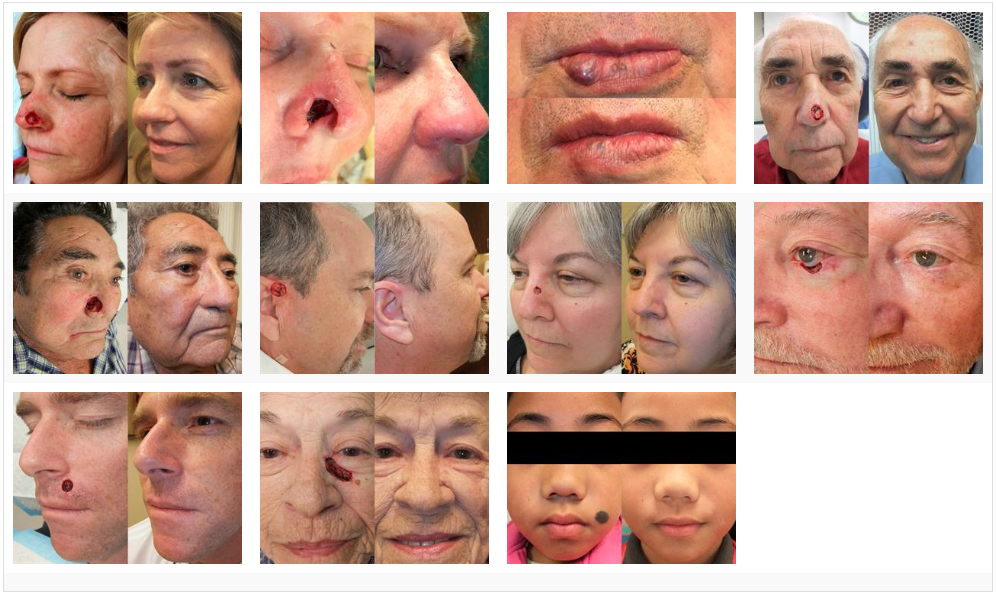Most wounds created by excision of melanoma can be stitched directly closed. Where possible, incisions are oriented to give the best scar by hiding these in the natural wrinkle-lines, especially on the face.
Where the wound in the skin is too large to suture closed edge to edge, or where doing so would cause distortion of surrounding structures, other techniques can be utilised. Plastic surgeons have specialised training and interest in the more complicated techniques for reconstruction.
Large wounds may require reconstruction with body tissue from another site in the body. This tissue can be in the form of a skin graft or a flap.

